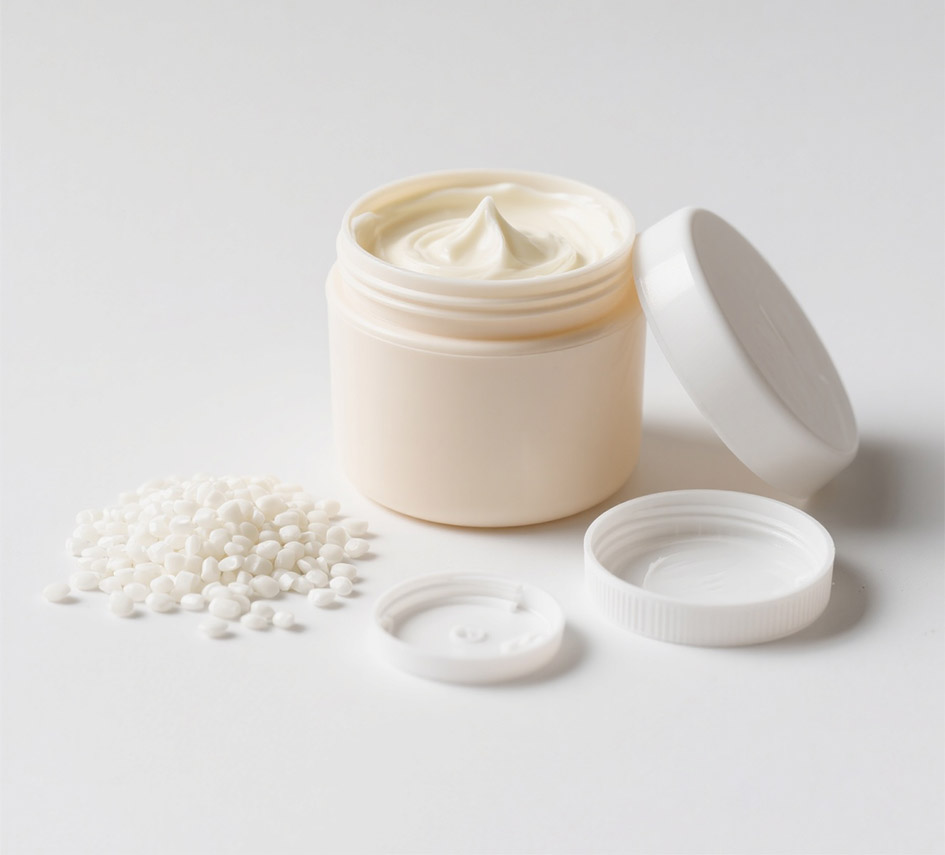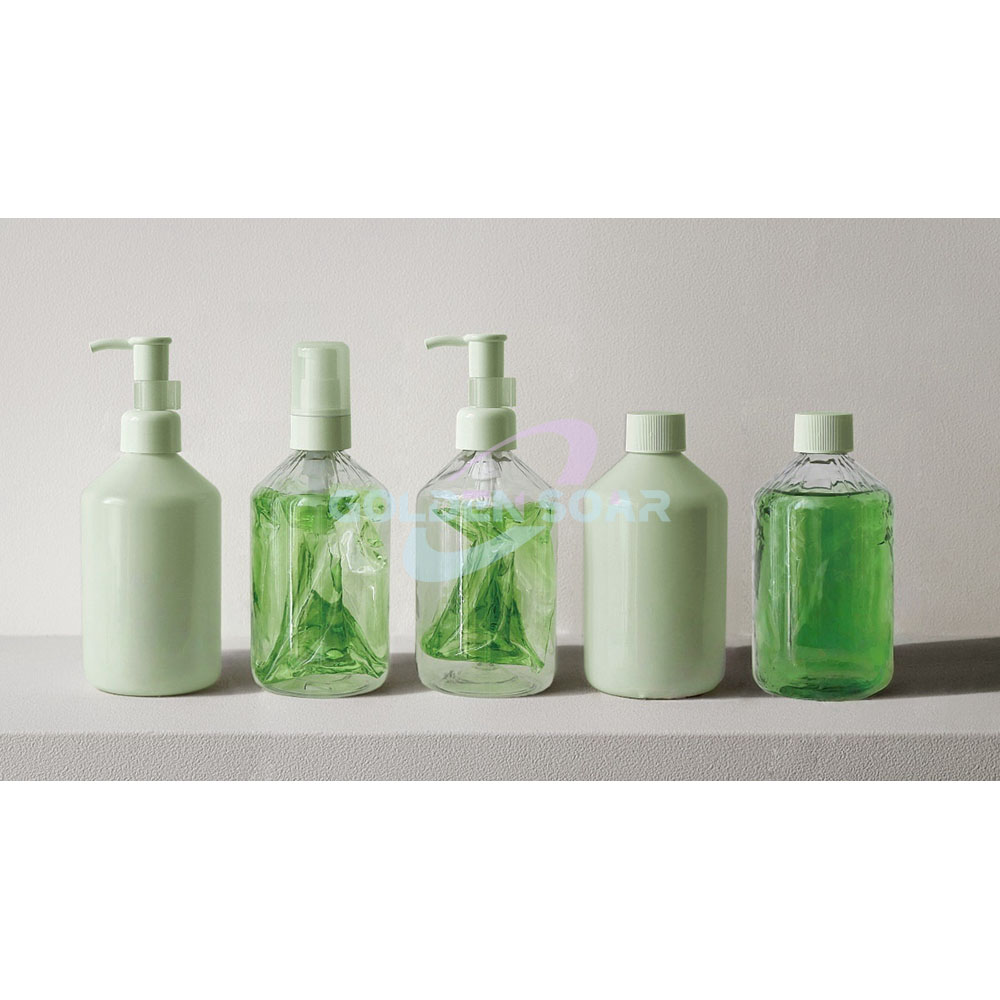uniquely modified innovations surrounding Silicone Packaging|

In the existing landscape
{In today's planet-friendly context, the urge for green packaging methods is increasing. A trio of popular polymers in packaging are polyethylene (PE), polypropylene substrate, and PET plastic. Each substance offers unique aspects that make it ideal for diverse applications. Polyethylene is a flexible plastic often used in covers, while polypropylene is known for its toughness and is commonly found in holders. PET, on the other hand, is lucid and nimble, making it a popular choice for liquid holders.
{When choosing sustainable packaging, it's vital to contemplate factors such as the repurposability of the medium, its planetary influence, and its efficiency.
Advantages of PET Packaging in Food and Beverage
{PET coverings have become a popular choice for the food and beverage industry due to their numerous advantages. One key perk is its lightweight nature, which translates to reduced shipping costs and a smaller carbon footprint. PET is also sustainably processable, making it an environmentally friendly option. Furthermore, its transparent nature allows for product visibility, enticing consumers and enhancing brand exposure.
- In addition, PET's durability protects offerings from damage during handling and storage, ensuring freshness and quality.
- By virtue of its barrier properties, PET effectively prevents the entry of moisture, oxygen, and foreign substances, preserving product flavor and safety.
To sum up, PET cases offer a valuable solution for the food and beverage industry, combining cost-effectiveness with environmental considerations.
PP Films: Durability and Versatility in Product Packaging
{Polypropylene materials, commonly known as PP, has emerged as a leading choice for consumer goods due to its exceptional versatility and durability. These attributes make it ideal for a wide range of applications, from food containers to household objects. The inherent strength of PP provides excellent protection against impact, friction, ensuring the integrity of the product throughout its lifecycle. Furthermore, PP's toughness to withstand a variety of temperatures and environmental conditions makes it suitable for both indoor and outdoor use.
- PP packaging offers a high level of upcycling, minimizing its environmental burden.
- Producers often utilize PP to create lightweight and compact packaging solutions, reducing transportation costs, and promoting environmental stewardship.
- The smooth surface of PP makes it easy to print on, allowing for clear and vibrant product entitling.
In summary, PP packaging's combination of durability, versatility, and sustainability has firmly established it as a preferred choice for protecting and presenting consumer goods in today's market.
Aluminum metal's in Premium and Protective Packaging
{Aluminum has emerged as a critical material in the realm of premium and protective packaging. Its inherent characteristics make it an ideal choice for safeguarding offerings during transport and storage. Aluminum's resilience provides exceptional protection against natural factors such as moisture, oxygen, and light, ensuring product integrity and extending shelf life. Furthermore, aluminum's ornamental appeal contributes to the premium impression of packaged goods, enhancing brand prominence.
Contrasting Characteristics of PE, PET, PP, Aluminium
{Various plastics and metals possess distinct distinctive characteristics that influence their applications. Polyethylene element, commonly known as PE, is renowned for its flexibility and low cost, making it suitable for packaging and sachets. Polyethylene terephthalate often abbreviated as PET exhibits high robustness and clarity, adopted for beverage bottles and textiles. Polypropylene material, or PP, demonstrates endurance and chemical resistance, designing it to support items like containers and automotive parts. Aluminum, a metallic substance, stands out due to its premium conductivity and recyclability, aiding applications ranging from cans to construction materials.
Planet-Safe Options: Biodegradable and Compostable Options
{In today's society, it's more paramount than ever to minimize our impact on the planet. One way to do this is by opting for nature-friendly alternatives to traditional products. Biodegradable and compostable options offer a remarkable solution to scrap problems. These materials break down naturally over time, contributing valuable nutrients to the soil.
- Cases of biodegradable and compostable products contain food vessels, carriers, and even attire.
- By choosing these options, we can protect natural resources and build a more eco-friendly future.
Innovations in Flexible Packaging: PE Films and Laminates
{The flexible packaging industry frequently strives to develop innovative solutions that meet the evolving demands of consumers and manufacturers. Polyethylene (PE) films and laminates have emerged as key players in this landscape, offering a wide range of properties such as strength, durability, barrier performance, and versatility. Recent developments in PE film technology have led to the creation of high-performance materials with improved puncture resistance, tear strength, and chemical resistance. These enhancements enable the packaging of a diverse range of products, from food and beverages to pharmaceuticals and personal care items.
- As well, advancements in lamination techniques have allowed for the integration of multiple layers of PE film with other materials such as elements and metallized foils. This multi-layered approach enhances the protective capabilities of packaging, providing superior barrier properties against moisture, oxygen, and light.
- Accordingly, flexible PE films and laminates are increasingly being adopted in sustainable packaging solutions. Their lightweight nature reduces transportation costs and minimizes the environmental impact associated with packaging waste.
The Impact of Packaging on Sustainability: A Circular Economy Approach
{In an era defined by environmental consciousness, the impact of packaging on sustainability has come under intense scrutiny. Traditionally, packaging has been viewed as a linear system, where materials are extracted, processed, used once and then discarded. However, embracing a circular economy approach presents a transformative solution. The aforementioned paradigm emphasizes reducing waste by reusing, repairing, and recycling packaging materials, minimizing the depletion of resources and environmental impact. By implementing innovative design strategies and fostering collaboration across the supply chain, businesses can create a closed-loop system where packaging becomes a valuable resource rather than a source of pollution.
- A circular economy approach to packaging prioritizes the reuse and recycling of materials.
- Trailblazing design strategies play a crucial role in minimizing packaging waste.
- Collaboration across the supply chain is essential for achieving a truly sustainable system.
Guidelines and Elements for Packaging
{Packaging components are governed by a variety of rules designed to ensure the protection of consumers and the surroundings. These mandates often set forth the types of ingredients that can be used, as well as controls on packagingconfiguration to minimize potential hazards. Respect with these guidelines is indispensable for producers to avoid fees. These rules can vary from state to state, so it is essential for businesses to understand the specific norms that apply to their stock. A regular ambition of packaging laws is to support eco-friendliness. This generally involves backing the use of environmentally friendly components and curtailing packaging leftovers.
Reducing Packaging's Impact
{In today's dynamic market, packaging/product containment are constantly seeking innovation/optimization/advancements to enhance both the performance/efficacy/effectiveness of their packaging and its environmental footprint. Lightweighting/Material optimization/Reducing density emerges as a key strategy in achieving this balance. By strategically/intelligently/carefully reducing the weight of packaging materials without compromising protection/integrity/security, manufacturers can achieve significant benefits/gains/advantages. These include lowered/reduced/diminished transportation costs, minimized/decreased/limited environmental impact through lesser/reduced/minimal resource consumption and waste generation/emissions, and improved/enhanced/optimized shelf appeal due to a more streamlined/compact/efficient design.
- Additionally/Furthermore/Moreover, lighter packaging can often lead to increased/enhanced/boosted product stackability, allowing for greater/more/superior storage efficiency and potentially lowering/reducing/minimizing overall shipping volumes.
Therefore/Consequently/As a result, investments/initiatives/commitments in lightweighting represent a strategic/forward-thinking/proactive step towards sustainable/eco-conscious/responsible packaging solutions that meet the demands of both consumers and the planet.
Choosing the Right Packaging Material: Factors to Consider
When it comes to packaging your goods, the choice of material is vital. It's not just about look; the right packaging needs to safeguard your items during transit and fulfill specific requirements. Here are some key factors to consider:
- Item Category
- Robustness
- Planetary Impact
- Budget considerations
- Consumer Attraction
By prudently considering these factors, you can elect the perfect packaging material to PET Packaging accentuate your products while assuring their safekeeping. 